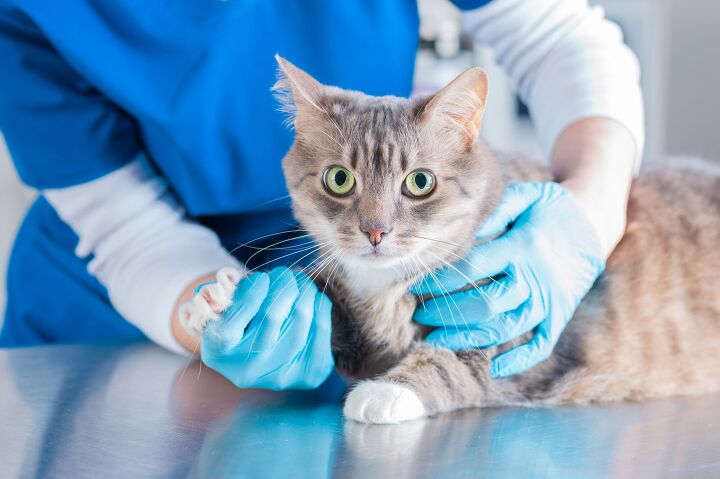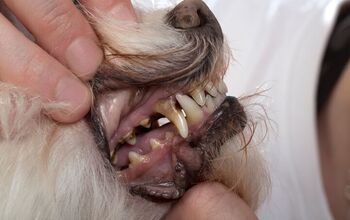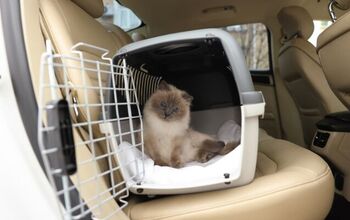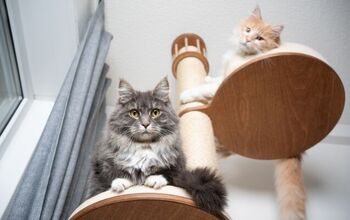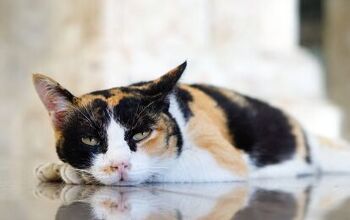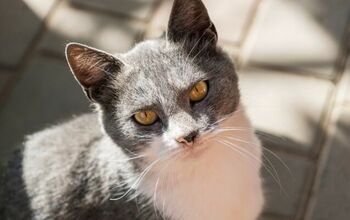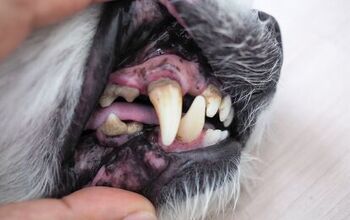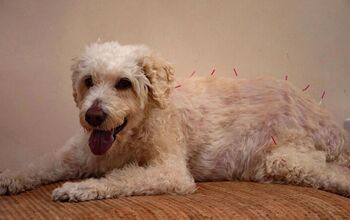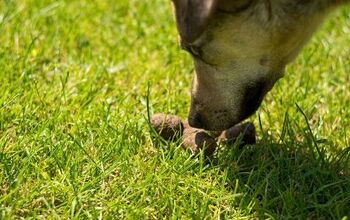Surgery Gives Cats With Kidney Disease a New Chance at Life

A groundbreaking kidney transplant program at the University of Georgia Veterinary Teaching Hospital is giving some cats with kidney disease a second chance at life. The program is led by Dr. Chad Schmiedt, one of only a handful of surgeons who perform this type of surgery worldwide.
In an interview for NBC News Live, Dr. Schmiedt said, “One particular thing about cats is that they are so good at hiding their disease. So, a lot of times, cats won’t start showing signs of illness and owners won’t pick up on the signs of illness until it’s quite advanced. And so that’s one challenge we face in these animals, is trying to work with those very sick animals.”
Kidney transplants and other types of advanced veterinary care are steadily growing in demand as the number of pet owners increased over the last 30 years. According to the American Pet Products Association’s [APPA] annual survey, as of 2023, 66% of U.S. households - 89 million homes - own a pet.
Interestingly, for the first time ever, pet ownership is equally split between two younger generations (Millenials and Gen Z) and two older generations (Baby Boomers and Gen X).
The majority of cat owners (76%) consider their pets to be members of the family, and that could contribute to increased expenses for their care. Based on an APPA survey, Americans spent $136.8 on their pets just last year.
“It’s considered absolutely normal behavior for people to love their animals, and spend whatever it takes to fix their animals when they get sick. You have to go back to the fact that for many people, these animals are like their kids,” said Dr. James A. Serpell, a professor of ethics and animal welfare at the University of Pennsylvania School of Veterinary Medicine.
Exactly that happened to Greg Norwicki when his precious cat Tucker was diagnosed with kidney failure five years ago. A routine bloodwork showed slightly elevated blood urea nitrogen and creatinine, which are indicators of kidney disease. Over the next couple of months, Tucker’s levels continued to rise. When it seemed nothing else could be done, Norwicki learned that Tucker might be a good candidate for a kidney transplant.
In Tucker’s case, the transplant surgery was a success, and he is still alive and thriving.
‘We don’t realize how sick our animals are until you see an animal bounce back,” said Tucker’s owner.
However, this procedure is costly. Dr. Schmiedt explained that at the University of Georgia, this surgery costs around $20,000 for both the recipient and donor cat. But that’s not all - there are also recurrent expenses. Owners of cats who had a kidney transplant can expect to spend anywhere from $1,500 to $4,000 on meds, tests, and veterinary checkups annually.
Cats used as donors come from different places. Some donor cats are owned by the same family as the recipient cat. And if that’s not the case, the family of the recipient cat always adopts the donor cat. “To the best of our knowledge, they go on and live a normal life,” said Dr. Schmiedt.
However, some ethical questions are raised by people arguing that these cats, unlike humans, can’t consent to organ donation.
“Those donor cats don’t come along and say, ‘Yes, please take my kidney.’ The argument that is used is that most of those donor cats are coming from shelters. They might not have found a home. They might have been euthanized in the shelter. So donating a kidney to another cat is preferable to that, especially if the recipient household of that new kidney is willing to adopt the donor,” explained Dr. Serpell.
In Tucker’s case, the donor cat whose name is Charly, was formerly used for research and was adopted by the Norwicki family after the kidney transplant procedure. “So as I say, you know, we saved [Charlie’s] life, too,” said Norwicki.

Nevena is a freelance writer and a proud mom of Teo, a 17-year-old poodle, and Bob, a rescued grey tabby cat. Since childhood, she had a habit of picking up strays and bringing them home (luckily, her parents didn't know how to say NO). When she's not writing for her fellow pet parents, Nevena can be found watching Teo sleep. To her defense, that's not as creepy as it sounds!
More by Nevena Nacic



